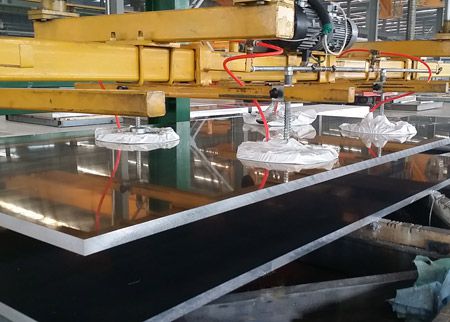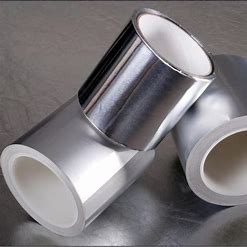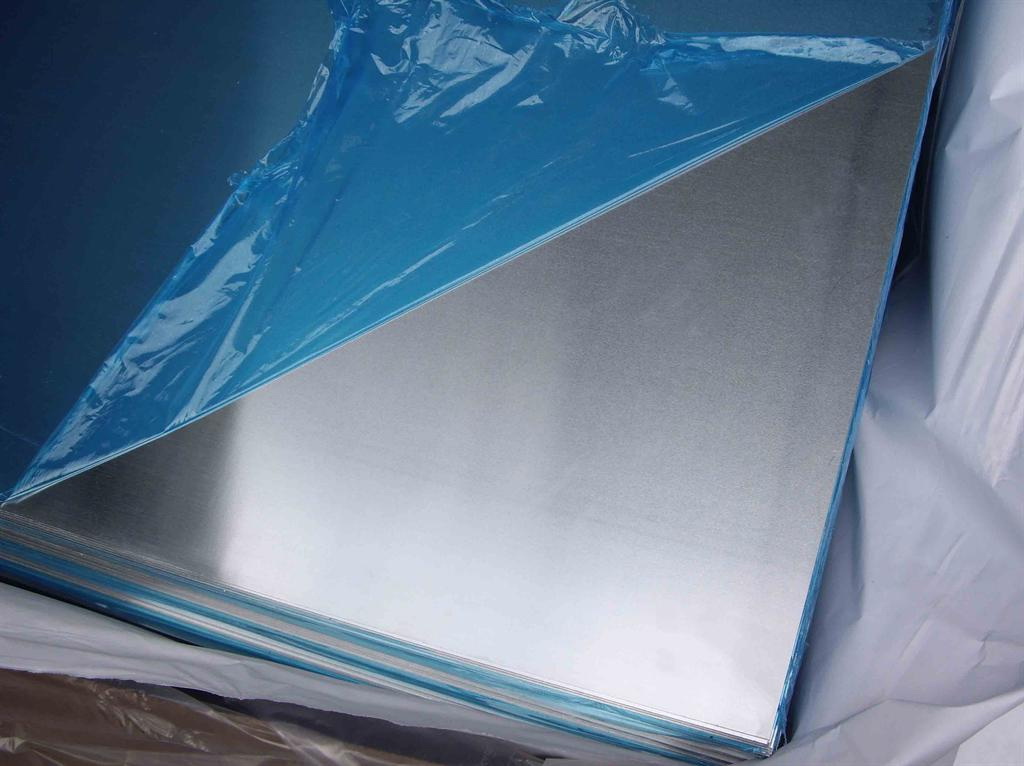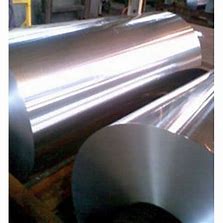



When it comes to car body materials, the two most commonly used are aluminum and steel. Both materials have their own set of advantages and disadvantages. In this article, we will discuss the differences between these two types of materials, along with some examples of automotive manufacturers that use them.

Steel is known for its strength and durability. It is a popular choice for automotive manufacturers as it is a cheaper option when compared to aluminum. Steel is also easier to work with, meaning it can be molded into different shapes more easily than aluminum. Many well-known automotive manufacturers use steel in their car bodies, such as Toyota, Ford, and General Motors.
On the other hand, aluminum is a lighter material which can lead to better fuel efficiency. It is also more resistant to rust and corrosion, making it a good choice for people living in areas with harsh weather conditions. Aluminum can be more expensive than steel, but it is also stronger and more durable. Some automotive manufacturers that use aluminum in their car bodies include Tesla, Audi, and Jaguar.
Despite the advantages and disadvantages of each material, the choice between aluminum and steel for car bodies ultimately depends on the specific needs and goals of the manufacturer. While steel is more commonly used, aluminum is becoming more popular due to its benefits in fuel efficiency and resistance to rust and corrosion.
In conclusion, both aluminum and steel have their pros and cons. It is important to consider factors such as cost, strength, fuel efficiency, and resistance to rust and corrosion when deciding which material to use in car bodies. By doing so, automotive manufacturers can make informed decisions that meet their specific needs and goals.
* Thank you for your inquiry. Please provide your business needs information so that we can better serve you.
This information can help us assign the most suitable person to solve your problem. We will give you feedback within 1-2 working days.
Related Blog







